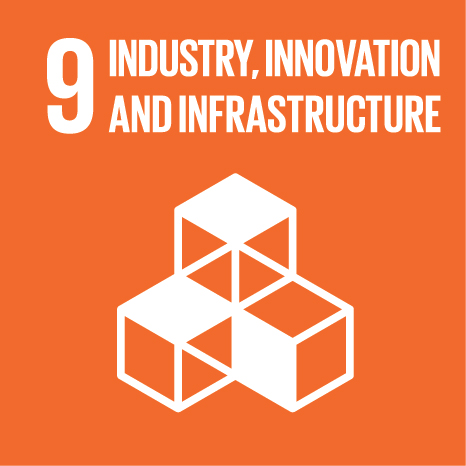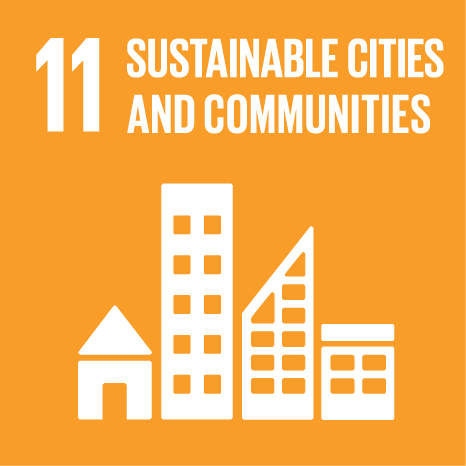 +265(0)111 624 222
+265(0)111 624 222 research@unima.ac.mw
research@unima.ac.mw Chirunga-Zomba, Malawi
Chirunga-Zomba, Malawi
ANALYSIS OF THE GEOGRAPHICAL FACTORS INFLUENCING CHOICE OF INFORMAL FISH TRADE ROUTE AND DESTINATION BY FISH TRADERS BETWEEN MALAWI AND NEIGHBORING COUNTRIES
Abstract
AbstractChoice of trade route and destination by cross border traders is an important decision in today’s increasingly cross border trade of products including fish. The current study examined the geographical factors influencing choice of informal trade route and destination by fish traders. Both qualitative and quantitative approaches were adopted for the study. These included semi-structured questionnaires through personal interviews and key informant interviews with fish border inspectors. Data was analyzed through various techniques for trader’s choice and destination. Specifically, principal component analysis and spearman correlation, and Huff’s gravity model were used to identify significant factors influencing choice of trade route and destination, and market attractiveness, respectively. Fish traders bypass official border posts using informal routes connecting the main route before and after the border post. Despite attempts and awareness about formal trade, stringent regulations forced fish traders to use informal trade routes. However, investigations into choice of trade routes and destination found that route distance, presence of alternative destination, mode of transport, demand of the fish product, and personal safety and risks were the factors influencing choice of both trade route and destination by informal fish traders. This geographic analysis provides a basis for addressing challenges in informal cross border trade in Malawi. It is recommended that strategic efforts and investments should be made in the development of transportation infrastructure, such as roads and railways to improve connectivity between secondary routes and one stop border post. The government should also intensify awareness initiatives on COMESA simplified trade regime (STR) to encourage informal traders to transition to the formal sector through use of formal routes.
| Original language | en |
| Volume | 2 |
| Issue number | 1 |
| Publication status | Published - 2024 |
UN SDGs
This research output contributes to the following United Nations (UN) Sustainable Development Goals (SDGs)


UN SDGs
This research output contributes to the following United Nations (UN) Sustainable Development Goals (SDGs)


UN SDGs
This research output contributes to the following United Nations (UN) Sustainable Development Goals (SDGs)

